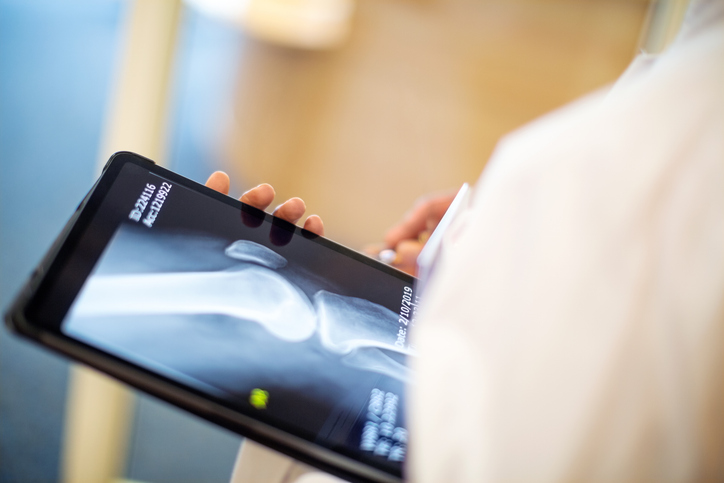I was diagnosed with indolent systemic mastocytosis (ISM) over 24 years ago, and before then, I lived with the disease undiagnosed for years. Once I was properly diagnosed, I was told my doctors could only treat the symptoms and not the disease itself.
Over the next 17 years, the symptoms worsened until I finally advocated for my health and demanded that my primary physician get me into someone who knew more about ISM. I hurt my back at work, and the test results showed I had a degenerative disease in my spine. This was the point I urged my doctor to find me a specialist.
Learn more about SM testing and diagnosis
ISM and osteoporosis: My symptom burden
I had heart issues, gastrointestinal problems, extreme bone pain, brain fog, cutaneous mastocytosis, back pain and many more symptoms. It wasn’t until 2021 that I found a hospital myself with physicians who knew about my disease–MD Anderson in Texas. I took this information back to my primary care doctor and told him to refer me to them as soon as possible. From there, I was sent to the Huntsman Cancer Institute in January of 2021.
The first thing the doctors at Huntsman did was perform a dual-energy X-ray absorptiometry (DEXA) scan, which showed I had severe osteoporosis. At only 52 years old, I was shocked to learn this. No one had ever mentioned that this was a possibility with ISM to me.
Had I been seeing a doctor who was familiar with this disease, maybe my osteoporosis could have been prevented. But there was no one anywhere near where I live who specializes in ISM. Even today, there is no specialist available near me.
My treatment plan
I was immediately started on Prolia injections every six months, which is helping me regain my bone strength, but I still have osteoporosis.
Because of this, I must be extra careful not to fall. I can’t have corrective spinal surgery, as the spine doctor I consulted took one look at my scans and said that corrective surgery would be catastrophic to my back. So, I continue to hope that this medicine makes enough of a difference that one day, I can have the surgery I need.
I have back pain most days, in addition to hip pain. Walking feels like trudging through mud. It is difficult to move my legs.
I make myself take slow, easy walks early in the morning before it gets hot, so I don’t lose my ability to walk. Fortunately, I can swim without pain, and that is how I get my exercise during the summer months. In the winter months, I continue my walks and practice gentle yoga, just to keep my body moving.
Advocate for yourself sooner than later
This disease has taken a toll on my body. I often find myself wondering how different my life could be, if only I had the information I have now all those years ago.
Even if you are struggling to find the proper diagnosis or care, consider finding an outlet or support group and sharing your story.
Whether you are a patient, caregiver or undiagnosed, just knowing there are others out there going through what you are going through and that you are not alone in this disease can do wonders for your mental and physical health.


